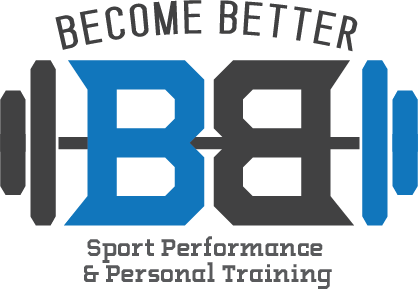A Practical Guide for Training Around Pain: Upper Body
This is the second article in our practical pain guide series. If you’re struggling with a lower body injury, check out part one from last week. This article will discuss how to navigate your training when you’re dealing with pain in the upper body during horizontal or vertical pressing or pulling type exercises.
Since steps one and two of our pain management process have been laid out extensively in previous articles, there’s no need to discuss them further here. Remember that step 1 is always to stay positive and not freak out about your pain, and step 2 is to adjust your workload (weight on the bar, total amount of reps). If you’ve already done those two things and are still experiencing pain in your shoulders, elbows, wrists, or upper body musculature during your workouts, this article is for you.
Pain With Benching, Overhead Pressing, Rowing, or Vertical Pulling
Step 3: Modify Range of Motion
Find out what part of the ROM is hurting and cut that part out.
If you are getting some pain at the bottom of a bench press, place a rolled up towel or yoga matt on your chest to cut out the last several inches of the movement. You could also try floor pressing, where you’re laying on the ground and lowering the bar until your elbows touch, then pressing back up.
You could do the same thing with an overhead press if you experience pain in the bottom portion. You could set up the pins on a squat rack to where the bar rests around your forehead and simply press from there instead of pressing from shoulder level
Pulling exercises are a little bit tougher to modify range of motion with since you’re starting the movements at the stretched muscle length rather than at the contracted muscle length, but if you find that you always get some bicep or elbow pain at the top of a chin-up or a row, then you should cut out the top several inches of the range of motion.
Step 4: Switch Exercises
If you are experiencing pain during certain horizontal pushing, horizontal pulling, vertical pushing, or vertical pulling exercises, try swapping the one that’s causing you pain out for a similar exercise from the lists below.
Horizontal Pressing:
Bench press (with barbell), closer or wider grip bench press, dumbbell bench press, push-up variations, dips, dumbbell or machine chest fly, incline bench press (barbell or dumbbell), machine chest press
Horizontal Pulling
Pendlay row, bent over row, landmine row, dumbbell row, chest supported row, cable row, T-bar row
Vertical Pressing
Barbell overhead strict press, dumbbell overhead strict press, BB or DB push-press, single arm dumbbell press, Arnold press, single arm landmine press
Vertical Pulling
Pull-up, chin-up, pull-up/chin-up with wider or narrower grip, neutral grip pull-ups, assisted pull-up/chin-up, pronated grip pull downs, supinated grip pull downs, neutral grip pull-downs, wider or narrower grip pull-downs, straight arm pull-downs
Other considerations
If you’re having pain with either horizontal pressing/pulling but not with vertical pressing/pulling (or vice versa) you could simply replace your horizontal pressing/pulling with some extra vertical pressing/pulling work. For example, if it hurts to bench but it doesn’t hurt to overhead press then you could just do extra overhead pressing instead of trying to force another horizontal pressing movement into your program.
Don’t neglect your lower body training. While you’re rehabbing your upper body pain/injury, take the time to focus on crushing your lower body workouts by increasing the weights that you’re using on squats, deadlifts, leg presses, step-ups, and lunges.
Final Words on the Pain/Injury Management Process:
I hope you have found this series of articles useful whether you’re a trainer or a trainee. Use the four-step pain management process any time something hurts in the gym. Don’t immediately rush to the doctor or chiropractor, don’t assume that you’re broken and need to be fixed, and don’t assume that because you’re experiencing pain somewhere in your body that you need to avoid all exercises that use that part of your body. Our bodies are resilient and adaptable, and we can usually manage our pain and injuries in the gym by reducing the amount of weight on the bar, the amount of reps per session, the range of motion, or by switching exercises. Don’t let aches and pains stop you from Becoming Better!

